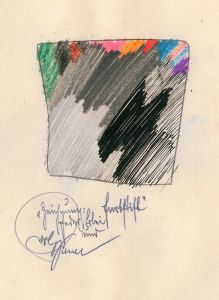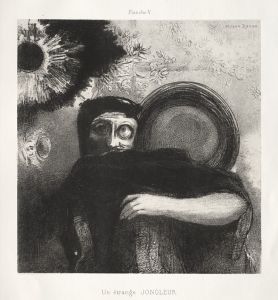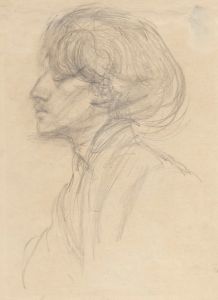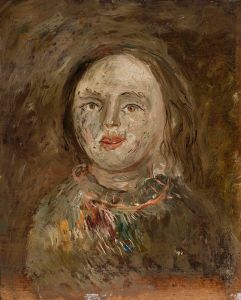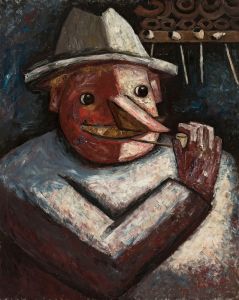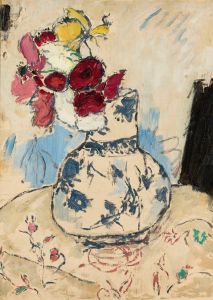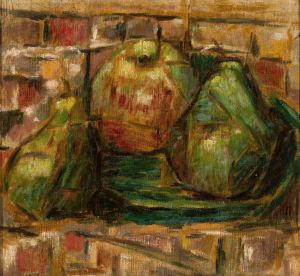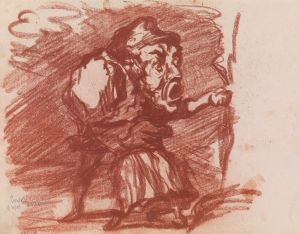
Study of a woman in a black and white cap
A hand-painted replica of Tadeusz Makowski’s masterpiece Study of a woman in a black and white cap, meticulously crafted by professional artists to capture the true essence of the original. Each piece is created with museum-quality canvas and rare mineral pigments, carefully painted by experienced artists with delicate brushstrokes and rich, layered colors to perfectly recreate the texture of the original artwork. Unlike machine-printed reproductions, this hand-painted version brings the painting to life, infused with the artist’s emotions and skill in every stroke. Whether for personal collection or home decoration, it instantly elevates the artistic atmosphere of any space.
Tadeusz Makowski (1882–1932) was a Polish painter known for his distinctive style that combined elements of Cubism and folk art. His works often depicted scenes of everyday life, children, and rural landscapes, characterized by a simplified, almost naïve aesthetic. One of his notable works is "Study of a Woman in a Black and White Cap."
"Study of a Woman in a Black and White Cap" is a painting that exemplifies Makowski's unique approach to portraiture. The artwork features a woman wearing a cap that is distinctly black and white, which serves as a focal point in the composition. The painting is executed with a keen attention to detail, yet it retains a certain simplicity that is typical of Makowski's style.
Makowski's use of color in this painting is particularly noteworthy. The black and white cap contrasts sharply with the more muted tones of the woman's clothing and the background, drawing the viewer's eye directly to her face. This technique highlights the subject's features and adds a sense of depth to the portrait. The woman's expression is calm and introspective, suggesting a moment of quiet contemplation.
The background of the painting is relatively plain, which serves to further emphasize the subject. Makowski often employed such backgrounds in his works to keep the focus on the main subject and to avoid any distractions. This minimalist approach is a hallmark of his style and can be seen in many of his other portraits and genre scenes.
Makowski's training and influences are evident in this work. He studied at the Academy of Fine Arts in Kraków and later moved to Paris, where he was exposed to the avant-garde movements of the early 20th century. His interactions with artists such as Pablo Picasso and Georges Braque influenced his adoption of Cubist techniques, which he blended with his own interpretations of Polish folk art. This synthesis of styles is apparent in "Study of a Woman in a Black and White Cap," where the geometric simplification of forms and the emphasis on the subject's cap reflect Cubist principles, while the overall composition retains a folk-like simplicity.
Throughout his career, Makowski remained dedicated to exploring the human condition through his art. His portraits, including "Study of a Woman in a Black and White Cap," often convey a sense of intimacy and personal connection. The subjects of his paintings are depicted with a sense of dignity and respect, regardless of their social status or background.
"Study of a Woman in a Black and White Cap" is a testament to Tadeusz Makowski's skill as a portraitist and his ability to capture the essence of his subjects with both simplicity and depth. The painting remains an important example of his work and continues to be appreciated for its artistic and historical significance.






